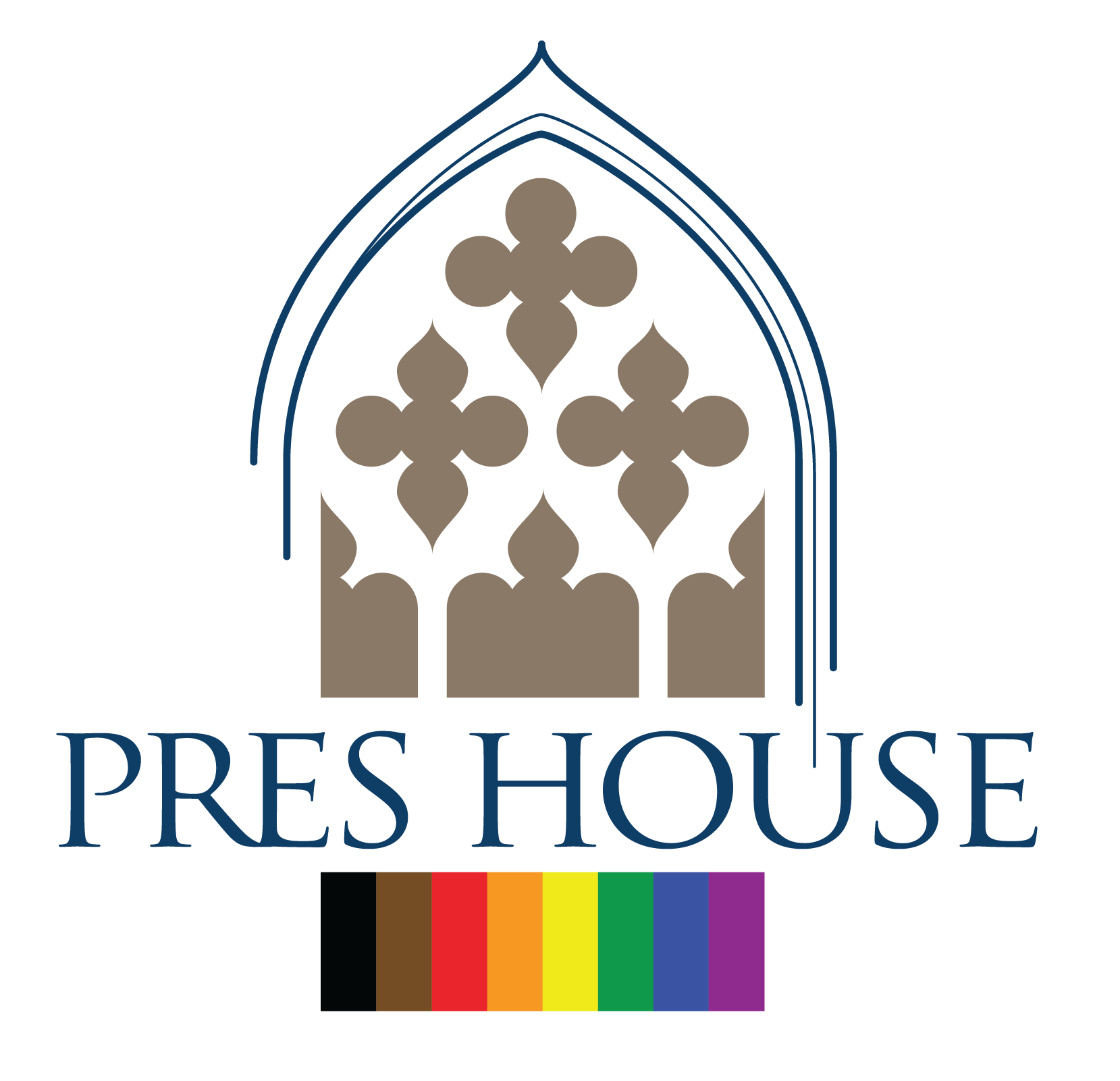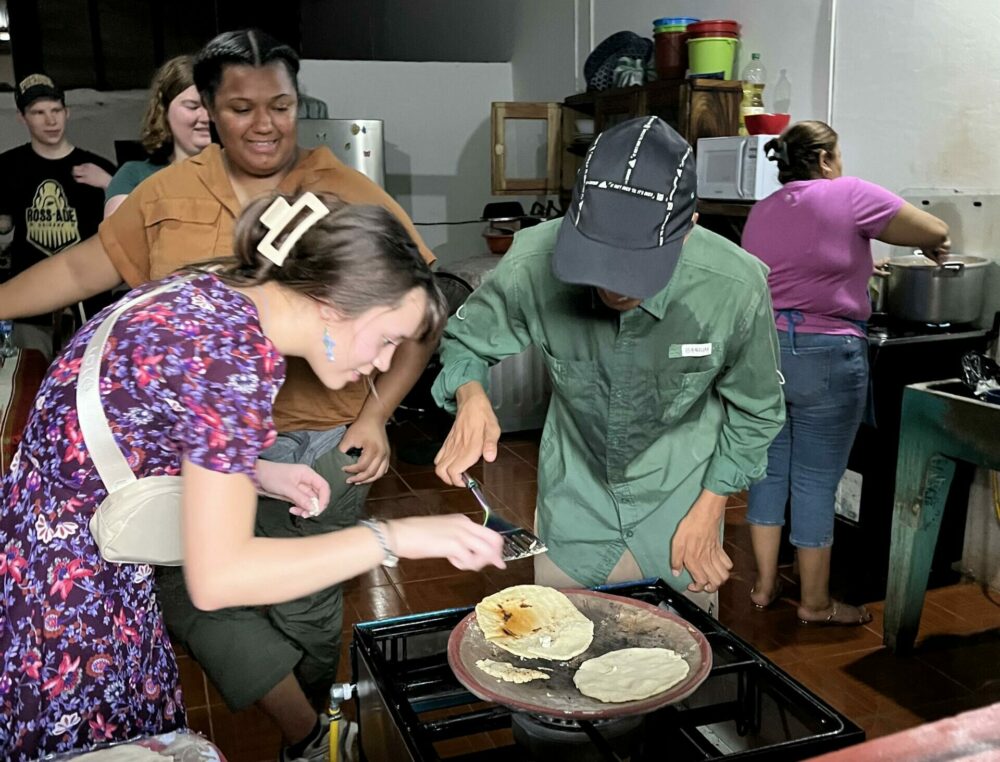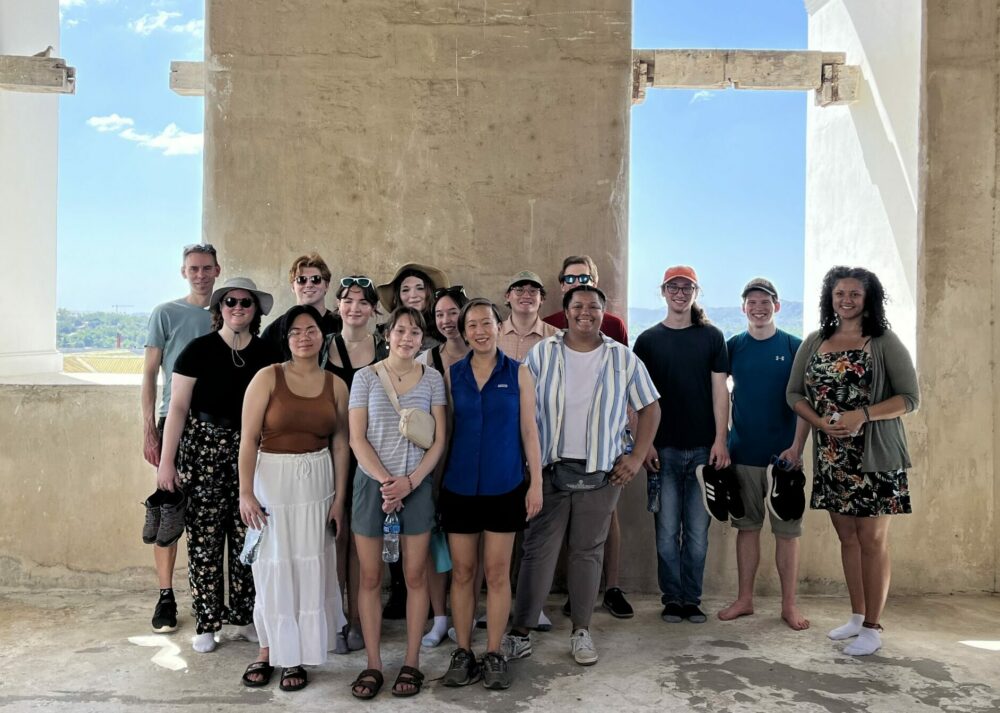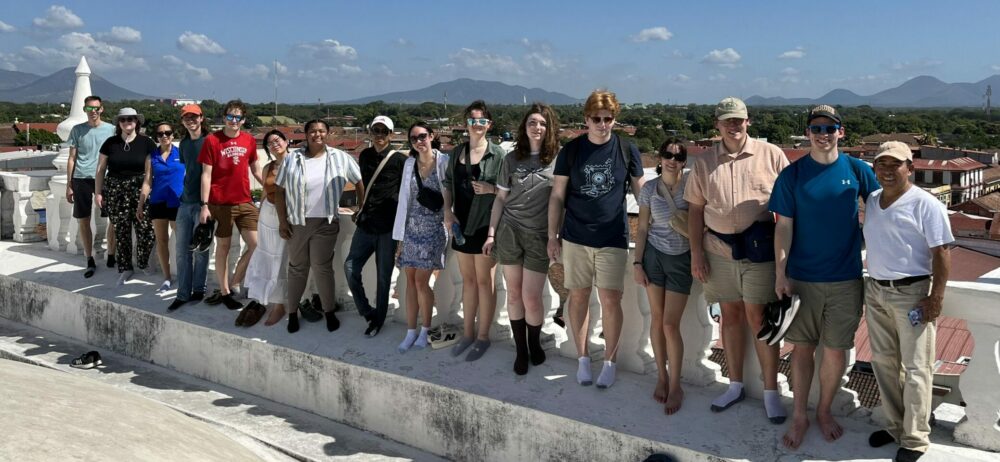Sophie is a high school junior in the STEM Academy at Madison College. Stepping out…
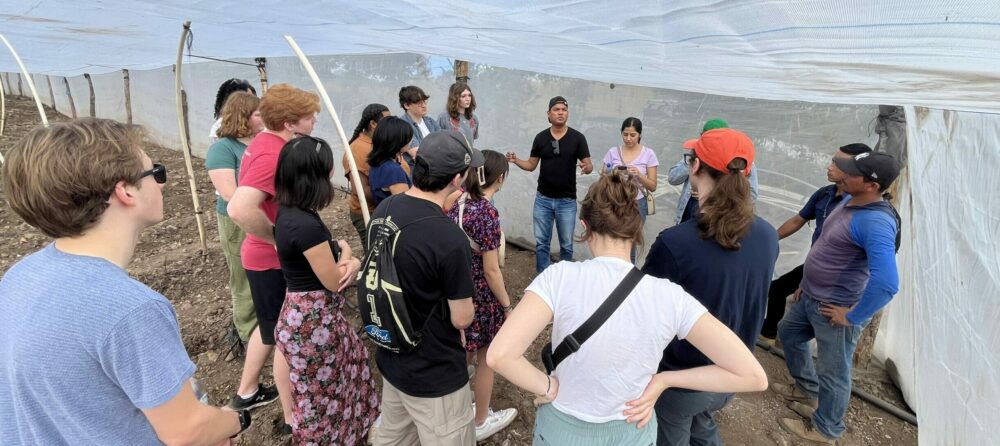
BWAP 2024: Power of Microfinancing ~ Jack Wilharm
Jack is in his third year pursuing a double major in Economics and Personal Finance (Financial Planning) along with getting certificates in History and Development Economics.
The main focus of our trip down to Nicaragua was to learn about the effects of microfinance on poor communities. The basic idea of microfinance is to connect those living near the poverty line to financial services like credit, savings, and insurance. It’s about providing the poor access. The most common form of microfinance service is microcredit. Microcredit essentially provides loans to poor entrepreneurs that traditional lenders refuse to do business with. There are several reasons why traditional lenders do not provide credit aka loans to poor entrepreneurs.
The first reason is that the loans are relatively small. The amount of labor necessary to finance a $100,000 loan is roughly the same as financing a $1,000 loan. That labor needs to be compensated and the returns from a small loan may not be enough to compensate that labor. The second reason why traditional lenders do not provide loans to poor entrepreneurs is limited collateral. If a business owner fails to make their loan payments, a bank can use the value of the business’s inventory and land to pay off the loan. In this example, the business’s inventory and land are collateral. Plenty of poor entrepreneurs don’t have access to significant collateral, so traditional lenders take on a lot more risk when lending to them. The third is that a lot of poor entrepreneurs are farmers. The issue with the farming industry is not only are they vulnerable to macroeconomic shocks, like recessions, but also to weather. They could have the best business model in the world, but if there’s a drought, they’re screwed.
Low revenue, limited collateral, and weather risks have all resulted in the exclusion of poor entrepreneurs from credit markets. Microfinance firms, specifically microcredit firms, aim to bridge this gap by specializing in providing poor entrepreneurs with loans. Organizations interested in helping others, like our church, invest their money in these microfinance firms and also conduct oversight. The benefit to investing in a microfinance firm versus simply charitable giving is that you get your money back and then can turn around and re-lend it. When you give a $100 to charity, that $100 is gone forever, but with microfinance, you get your $100 back after a year and then can re-lend the next year and the year after till the end of time. Instead of just helping one person, you can help 10 over a ten year span.
Now microfinance is not some magic bullet that will end extreme poverty, but it is still doing good. At the same time, there is still a need for charity and a need for systemic change. Microfinance is just one tool in our arsenal to end global extreme poverty. On our trip we got to visit two microfinance firms and then meet two end borrowers. We got to see the very real impact that microfinance had on these people’s lives. We met a farmer who, through microfinance, was able to make his farm profitable enough to buy a new truck, improve his home, and give loans to his family members. We also got to talk to a firm that almost exclusively gives loans to women, and empowers them to start and grow their own businesses. All of those changes were thanks to microfinance and the money our church has invested.
I’ve often thought about what “loving my neighbor” actually looks like in practice. Microfinance offers one way in which I can love my neighbor. It’s part of what is called “impact investing” where investors invest in funds that have a lower rate of return, but that money is used to support firms that have a strong positive impact on society. Through microfinance and impact investing, we and the church are able to invest in a largely ethical and socially beneficial way as we saw on our trip to Nicaragua.
Read the rest of the BWAP Nicaragua 2024 reflections:
Rev. Mark Elsdon ~ Why Nicaragua?
Mei Hippe ~ Perfect Solutions?
Nathan Tan ~ Politics and Faith
Aurora Kuelbs ~ Opportunity
Allyson Mills ~ Grace and Power Under Dictatorship
Kyle Digman ~ Murals in Nicaragua
Will Clancy ~ Politics of Faith
Sophie Elsdon ~ Nicaraguan Pride
